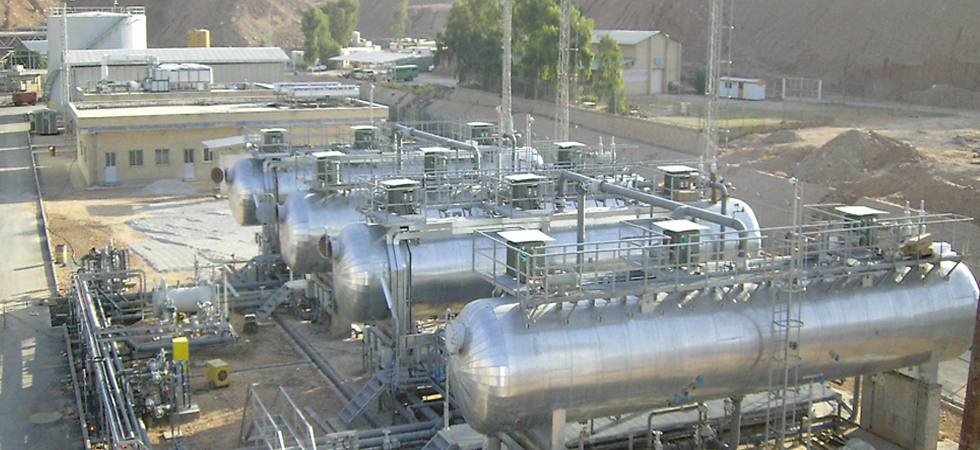
Hydrocarbon oils, particularly crude oils when produced comprise varying amounts of water and inorganic salts. Removal of water from produced crude oils is termed dewatering (dehydration) and salt removal is termed desalting. Often, the process of dewatering also desalts the crude oil since water-soluble salts is removed with the water. High water cuts increase the process heat requirements, chemical requirements, overall vessel volumes, equipment footprints and weights. If a significant quantity of water can be removed at lower temperatures, the subsequent production equipment size, weight and cost can be reduced or eliminated. On the other side, the presence of salts, especially chlorides corrode oil processing equipment so desalting has been used to reduce fouling in the crude distillation unit and to reduce corrosion in the crude distillation tower overhead Desalting is simply the washing of crude oil with fresh water to remove soluble salts. Although several ancillary benefits such as reduction of suspended solids in the oil and phenols in the wash water may be obtained, the primary objective is salt removal. Changes in the oil production and refining industries in recent years have made the desalting process more difficult and yet much more critical to the success of downstream operations.
Among the crude oil dewatering and/or desalting methods in use today, electrostatic separation methods are frequently used with crude oils containing about 0.5 to 12% water for both oil field and refinery applications. In desalting process wash water is added to crude oil resulting in an emulsion having water content in the range of 4 to 8 vol %. Frequently a chemical emulsion breaker is also added to the emulsion. Then the emulsion is subjected to an electrostatic field so that, water droplets in the mixture of crude oil, wash water, and chemical emulsion breaker coalesce in the electrostatic field between electrodes. The coalesced water droplets settle below the crude oil phase and are removed. Treated crude oil typically containing about 1 to 5 ppm inorganic salts is removed from the upper part of the separator.
